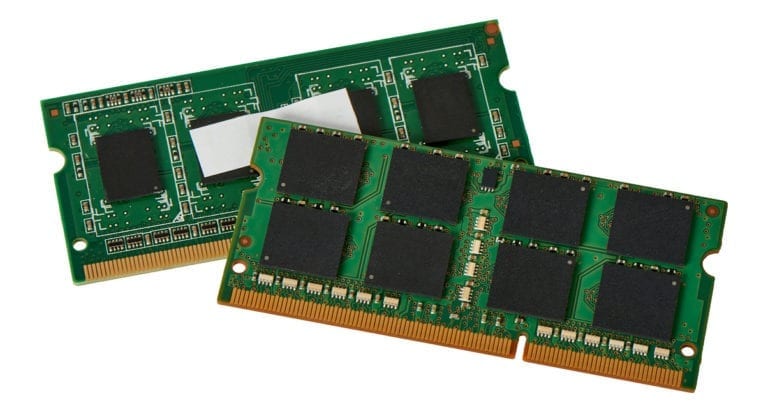
If your laptop has started running sluggishly, you’re not alone; it’s a widespread topic of discussion on computer forums. When your computer suddenly starts misbehaving, there could be numerous reasons behind it. Fortunately, many of these issues are not fatal, and you can often resolve them yourself.
Root Causes of Laptop Slowness
1. Inefficient Cooling
One of the primary culprits behind laptop slowdowns is inadequate cooling. This can occur due to engineering flaws or a simple buildup of dust within the laptop’s cooling system.
Insufficient cooling leads to the processor reducing its performance to prevent overheating and potential damage. Laptop cooling systems typically consist of radiators and fans, where radiators dissipate heat from components, and fans provide cool air.
You can monitor and alleviate temperature concerns with software tools like AIDA64 and CPU-Z, which directly read data from sensors, providing accurate temperature readings.
To address cooling issues, consider these steps:
- Remove dust from the external grille.
- Clean the internal fan.
- Replace the thermal paste.
If your laptop model allows for it, disassembling the laptop to perform these tasks may yield better results.
2. Insufficient RAM
Modern computing demands a minimum of 6-8 GB of RAM, but older laptops with 2-4 GB may struggle, particularly with tasks like web browsing or gaming. To address this issue, you can:
- Close unnecessary programs, browser windows, and services.
- Install an additional RAM module.
- Adjust the page file size as needed. Increasing it significantly won’t provide substantial performance gains, especially if your laptop uses a slower HDD.
Alternatively, if your laptop usage primarily involves web browsing and office work, consider switching to a Linux distribution like Ubuntu, which consumes less RAM and offers alternative software options.
3. Unnecessary Startup Programs
Laptop sluggishness can also stem from the list of programs that automatically launch during startup. Many programs strive to secure a spot on this list, utilizing system resources. To manage startup programs:
- Use the Ctrl+Shift+Esc key combination or Win+R and enter “msconfig” to access startup programs.
- Disable unnecessary startup entries to streamline your laptop’s boot process. You can re-enable them if needed later.
4. Insufficient Disk Space
Running out of disk space can significantly impact laptop performance. Beyond your personal files, your hard drive may accumulate junk files, temporary data, and remnants of uninstalled programs, all of which can hinder performance.
To address this:
- Utilize built-in Windows cleaning tools or third-party utilities like CCleaner or Clean Space to remove unnecessary files.
5. Disk Fragmentation
Windows has a tendency to fragment files, storing them in various sectors of the hard disk. Fragmentation can negatively impact performance, especially on laptop HDDs.
Solutions:
- Perform disk defragmentation using Windows’ built-in “Disk Defragmenter” or third-party tools like Smart Defrag.
- Consider upgrading to an SSD, which experiences less fragmentation and offers faster read/write speeds.
6. Hard Disk Issues
Laptop hard disks are prone to failure due to their mobility. Signs of disk failure include unusual noises, boot failures, frequent freezes, and slow data operations. If you detect bad sectors, replacing the HDD or SSD is often the only solution.
To diagnose disk health, tools like CrystalDisk Info and Victoria can help.
7. Power Settings
Inefficient power settings can also contribute to laptop slowdowns. Laptops offer various performance profiles (e.g., power-saving, balanced, high performance) to optimize battery life, but those who keep their laptops connected to power sources don’t always benefit from these profiles.
To rectify this:
- Access “Power Options” in the “Control Panel” and select a profile suitable for your usage pattern.